Ventricular Tachycardia
Ventricular tachycardia is a medical condition that features abnormally accelerated heart rhythm. A healthy heart in adults normally performs 60 to 100 beats per minute. Tachycardia refers to a faster heart rate, and it can start from the ventricles or atria. In some people, tachycardia is asymptomatic.
Still, in the majority of cases, it does cause certain symptoms and signs and can eventually lead to numerous complications. Some complications can be even life-threatening. Luckily, the disease can be successfully treated, and if found on time all the possible complications can be prevented.
Causes of Ventricular Tachycardia
The actual cause of tachycardia is abnormal electrical impulses that control the rhythm of the heart. There is a variety of medical conditions that can cause ventricular tachycardia. First of all, damage to the heart tissue can lead to ventricular tachycardia. Furthermore, tachycardia also occurs if there are congenital abnormal electrical pathways in the heart or some other congenital diseases of the heart. High blood pressure carries a huge risk for ventricular tachycardia.
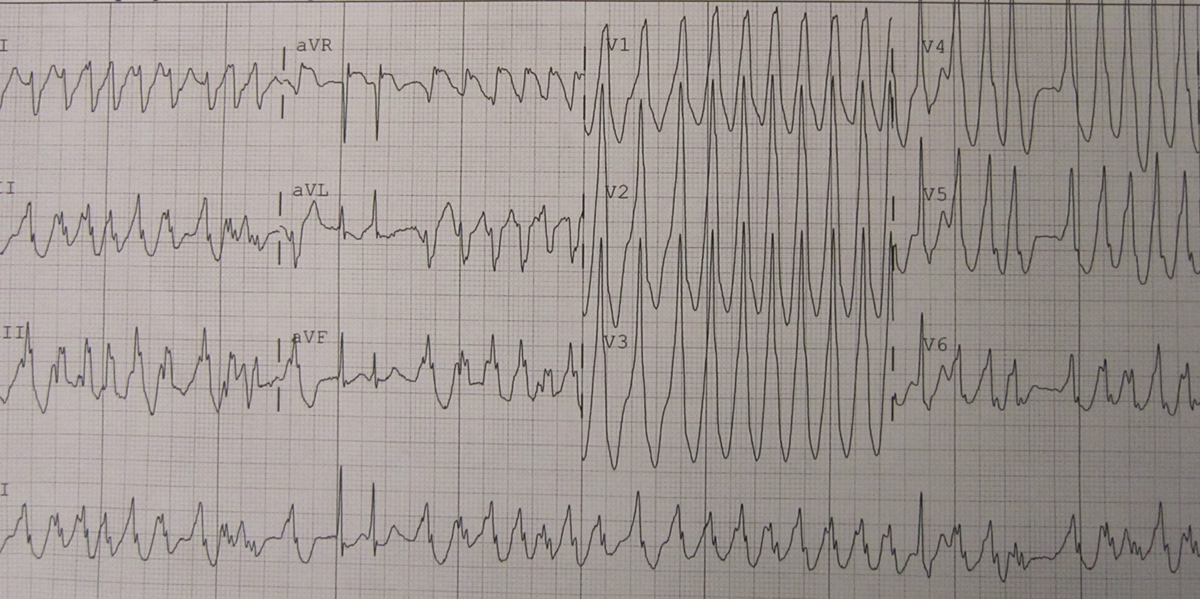
This also refers to heavy consumption of alcohol and coffee, as well as smoking. Ventricular tachycardia can be a side effect of certain medications. Cocaine also causes ventricular tachycardia. Tachycardia is a characteristic of hyperthyroidism, and it also occurs in an imbalance of electrolytes. And finally, in some cases, the underlying cause of tachycardia simply cannot be established.
Complications of Ventricular Tachycardia
Basically complications depend on the type of tachycardia. Also, the heart rate determines the occurrence of certain complications. Patients who are already suffering from other heart conditions are more susceptible to complications.
Ventricular tachycardia can lead to the formation of blood clots inside the ventricles. These blood clots can be ejected from the heart and can cause a stroke or heart attack.
In ventricular tachycardia, the heart cannot pump blood properly. This reflects in heart failure. Since the heart cannot pump the blood other organs suffer significantly. The brain is short of oxygen, and this is why people who are suffering from ventricular tachycardia frequently lose consciousness.
And finally, the most serious complication is death. This complication is caused by ventricular fibrillation, which is only a consequence of unregulated ventricular tachycardia.
- A total of 1417 patients (804 patients with structural heart disease) undergoing 1792 endo- and epicardial procedures were analyzed. Multivariable risk factor analysis for occurrence of major complications and intrahospital mortality was obtained and a score to allow preprocedural risk assessment for patients undergoing VA ablation procedures was established.
- Major complication occurred in 4.4% of all procedures and significantly more often in patients with structural heart disease than in structurally normal hearts (6.0 vs. 1.8%). The frequency of these periprocedural complications was significantly different between procedures with sole right ventricular and a combination of RV and LV access (0.5 vs. 3.1%).
- The most common complication was cardiac tamponade in 46 cases (3.0%). Intrahospital death was observed in 32 patients (1.8%).
- Logistic regression model revealed presence of ischemic heart disease, epicardial ablation, presence of oral anticoagulation or dual antiplatelet therapy as independent risk factors for the occurrence of complications or intrahospital death, while a history of previous heart surgery was an independent predictor with a decreased risk.
- Based on this analysis a risk score incorporating 5 standard variables was established to predict the occurrence of complications and intrahospital mortality.
Treatment of Ventricular Tachycardia
The goal of the treatment is to decelerate the heart rate. This can be achieved by vagal maneuvers, some medications (antiarrhythmics), and if the previous two do not lead to desirable results, cardioversion helps the patient.
Ventricular tachycardia can be prevented. This can be done by radiofrequency catheter ablation, regular taking of antiarrhythmics, implantable cardioverter-defibrillator, and by some other surgery that will take care of an extra electrical pathway.
Prevention is also essential in people with hypercoagulation, which can consequently lead to several complications. And finally, sometimes arrhythmia can be successfully eliminated if the disease that leads to tachycardia has been found and treated properly.
- medlineplus.gov/ency/article/000187.htm
- www.nhs.uk/conditions/supraventricular-tachycardia-svt/
- Photo courtesy of James Heilman, MD by Wikimedia Commons: commons.wikimedia.org/wiki/File:VT12lead.jpg


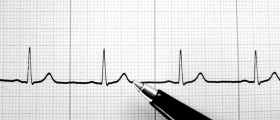


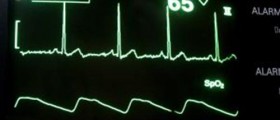
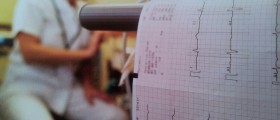




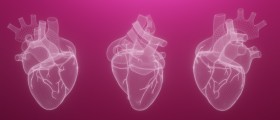





Your thoughts on this
Loading...